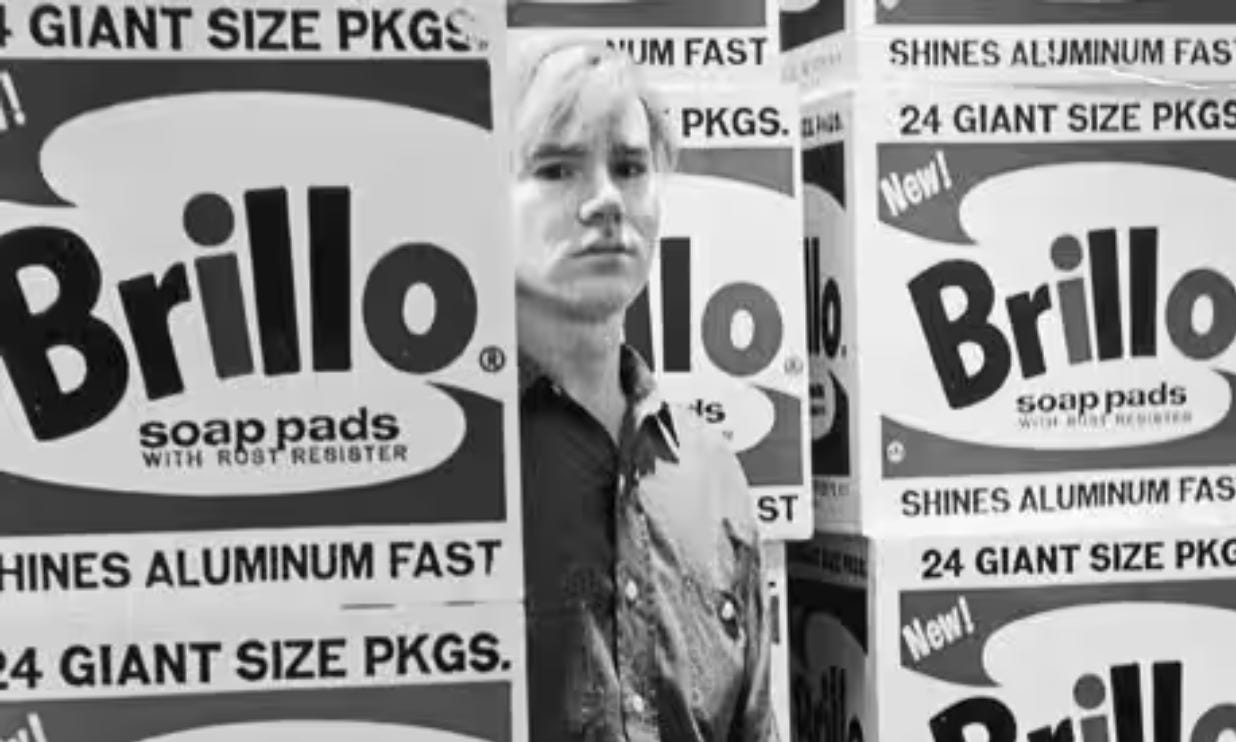Is it art: on art theories and defining art
An exploration of art theories: aesthetic theory focusing on beauty, imitation theory focusing on realism, and institutional theory focusing on recognition by the art world My own masterpiece revealed
In my last two posts, I’ve questioned whether my photography project, Stranger, was art. I explored that topic intuitively and discussing the topic with friends. Today, I want to explore what ‘professionals’, past and present, have said about the topic of art. Buckle up, this one is a bit philosophical and has some name dropping.
The book ‘But is it art?’ by Cynthia Freeland is a good starting point. Freeland guides us on a virtual tour of many works of art and explains art theories when relevant. As someone who’s never studied art, I found it helpful to learn about those ideas so I thought I’d share some here.
Aesthetic theory: it’s all about beauty
This is the most intuitive theory and sees art as closely related to beauty. Art is meant to create beautiful objects, which Freeland defines this way:
We label an object beautiful because it promotes an internal harmony or ‘free play’ of our mental faculties; we call something ‘beautiful’ when it elicits this pleasure.
This theory places a lot of importance on form, composition, and color, and harmony between those elements. It also emphasizes that art should be viewed with a detachment from the object’s purpose, if it has one. For example, the beauty of a strawberry should be appreciated independently of its taste and function as food.
There are some obvious counter arguments against this theory:
Hume and Kant, whose writing form the basis of this theory, struggled with the question of taste: how can you account for taste within this theory and how can you prove that someone’s taste is better than another’s?
There are many precedents of non-beautiful art, or even ugly and disturbing art, in some cases.
Art includes not just works of formal beauty to be enjoyed by people with ‘taste’, or works with beauty and uplifting moral messages, but also works that are ugly and disturbing, with a shatteringly negative moral content.
Imitation theory: mirroring reality
Imitation theory sees art as a realistic representation of nature and human life. Particularly influenced by the works of Plato and Aristotle, this theory suggests that artists aim to represent reality, and show its inherent beauty, in an accurate way.
This reminds of my own street photography that aims to capture beauty and mundaneness of every day life. However, this theory has been challenged by other artistic philosophies that prioritize subjective expression and abstraction over realistic representation.
Since the late nineteenth century, imitation has seemed less and less to be the goal of many genres of art: impressionism, expressionism, surrealism, abstraction.
Institutional theory of art: if it’s in a museum, it’s art
This one is my favourite, mostly because I find it amusing. Philosopher George Dickie defines the theory as follows:
Art is any artifact which has had conferred upon it the status of candidate for appreciation by some person or persons acting on behalf of a certain social institution (the art world)
In 1964, Andy Warhol exhibited his famous work, Brillo Boxes, in a gallery in New York. The piece consists of plywood boxes that mimic boxes of Brillo soap. Indeed, the boxes look just like ones found in the back of a supermarket. At least, Warhol is covered by the imitation theory.
Freeland puts it nicely:
With Brillo Boxes, Warhol demonstrated that anything can be a work of art, given the right situation and theory.
Warhol produced Brillo Boxes with a team of technicians in his studio, he aptly called The Factory, in an assembly line process. This way of creating not only blurred the line between individual creation and mechanical reproduction, but also blurred the line between art and mass produced consumer goods. What’s even worse is that this workx is described as a sculpture.

So here’s my initial conclusion while half way through the book: anything can be art.






